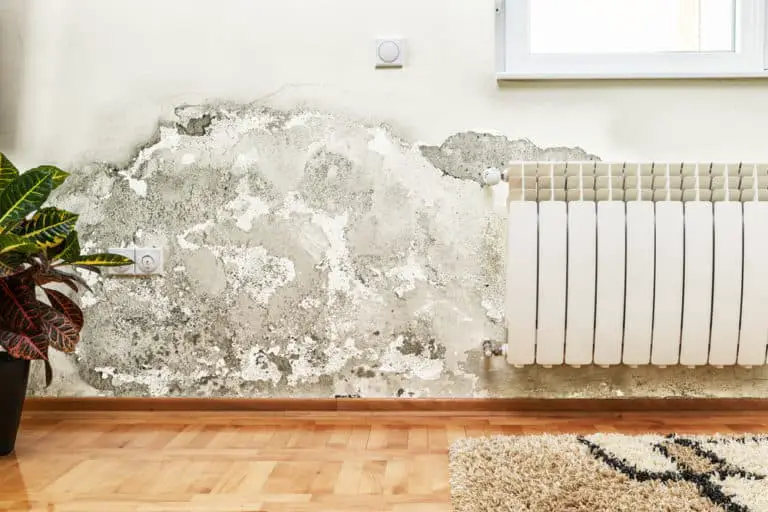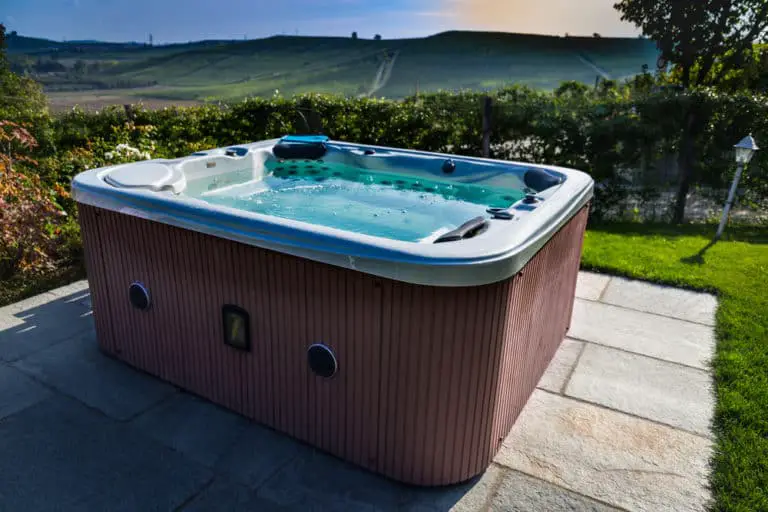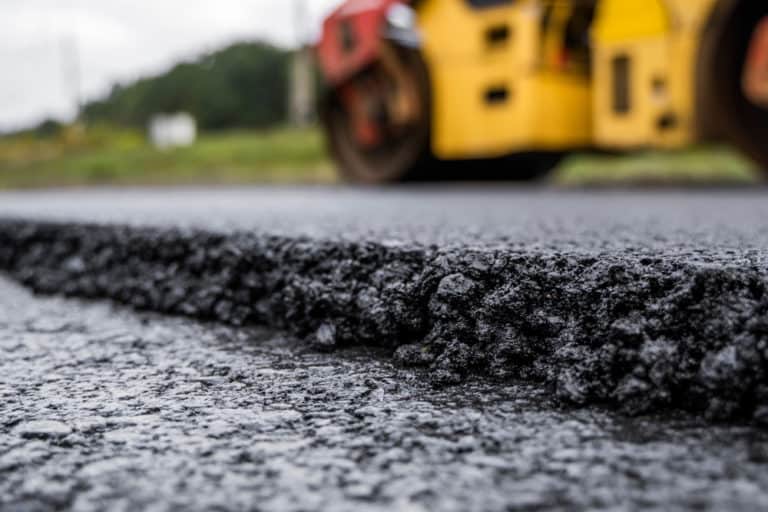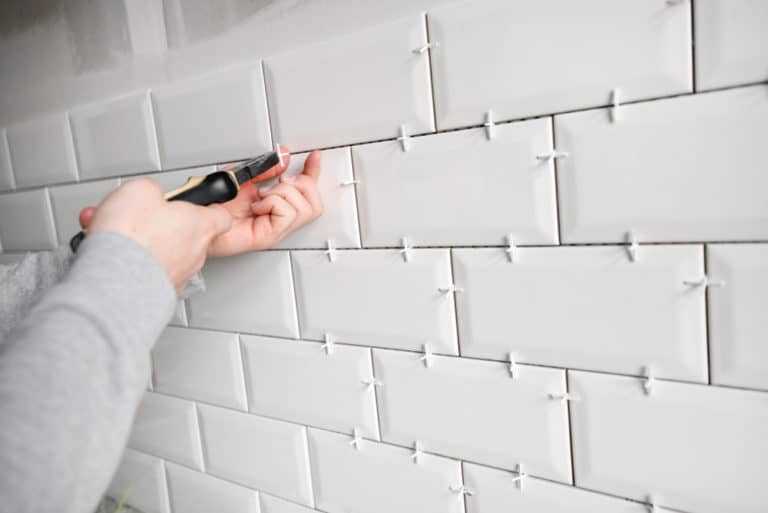Can You Use Exterior Caulk Inside?
Caulking is often a job that can be done by just homeowners. It’s a simple and effective way of closing up small gaps and tidying the overall look of a room.
It’s a good practice always to have a surplus, excess of materials, rather than having a shortage. A lot of homeowners will find themselves having excess material in their storage. It would be a waste just to throw them out. The question now is, can you use the caulk you bought for a closing up a certain gap outside of your house for another gap inside?
Yes, you can use exterior caulk for interior finishes. The main difference between caulks is the material that they are composed of. Either way, they will all seal gaps. There are certain caulks that are more optimal for outside use and others for interior use. The best caulk depends on the situation and what you plan on sealing.
In this article, we’ll be going more in-depth into what caulk is, how to apply it, and choosing the right caulk for you and your particular need.
If you plan to seal anything soon or just want to prepare in case you need to, then read on.
What is caulk and what are its benefits?
Caulk is a sealant used to cover imperfections in the installment of fixtures and other building materials.
The type of imperfections that caulk seals is usually at joints or seams. A joint or seams usually end up having gaps in between the objects they are joining together, which is completely normal since construction will never be 100% perfect.
The caulk addresses these imperfections by filling the gap between objects. Caulk is generally a thick, viscous liquid that is poured into the gap either before or after installation, depending on the purpose of the caulk.
Caulk is also used as a key component for some fixtures. Since its properties give extra protection, it’s not uncommon to find caulk in spaces where you might find screws, bolts, etc.
Types of caulk
The type of caulk is not classified based on “exterior” or “interior” use. Instead, it is classified by the ingredients of the mixture that will be used as a sealant. Some mixtures may have certain properties such as waterproofing, fire retardant, airtightness, etc.
The key is to use the proper caulk for the appropriate area. For example, I would use a different caulk for a bathroom compared to the caulk I used for filling in trim.
Here are the different types of caulk along with a short description of each:
- Solvent-Based
Solvent-Based caulk is designed to withstand exterior conditions.
Acrylic Latex caulk is rich in silicone and is extremely easy to work with. However, the durability and protection they provide are relatively low compared to other caulk types.
- Hybrid
Hybrid caulk is a combination of acrylic latex and polyurethane. Hybrids attempt to achieve a balance between the pros and cons of the two different caulk types and can be used as an “all-purpose” caulk.
Polyurethane caulk provides great protection and is very durable. However, they are difficult to work with and can get messy if not applied properly.
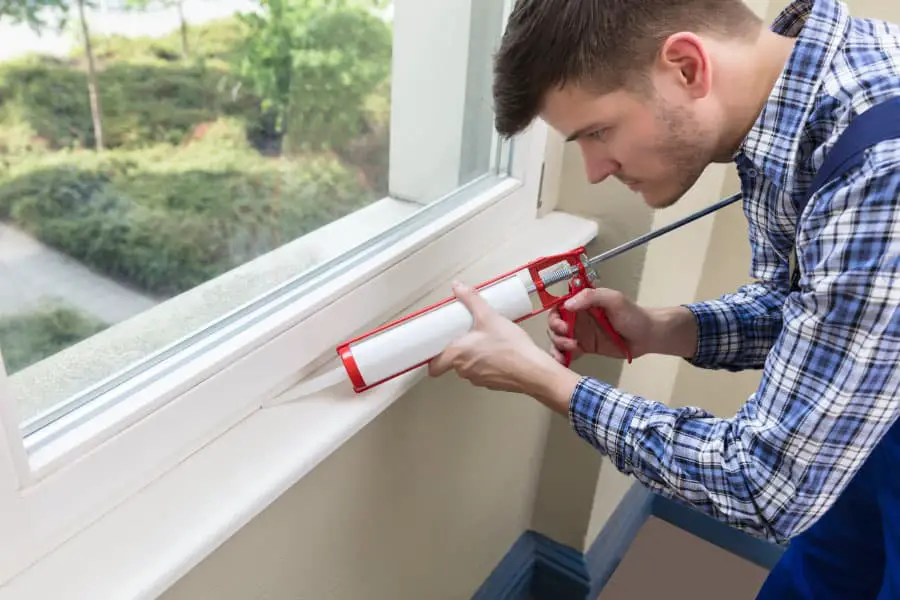
Choosing the right type of caulk
There are 4 main determining factors as to what type of caulk you should be using which are:
- The size of the area you will be sealing.
- The material of the area you will be sealing.
- The location of the area you will be sealing.
- Your expertise/ level in working with caulk.
For example, if you were to apply caulk to an outdoor wooden joint, such as the edge of your shiplap installation, for example, the best choice would be a durable, paintable, and weatherproof caulk type that works well with wood.
What makes a caulk work well with a specific material?
- Wood, for example, tends to deform and change shapes (depending on conditions), so a caulk that would work well with it is a flexible caulk.
- Bricks, on the other hand, are unmoving and are heavy, so a caulk that can endure that load would be much more preferable.
Choosing the right caulk will also save you money in the short-term and the long-term. Cheaper caulks are not inherently low quality, it’s just that the properties of that caulk meet certain needs that are not as demanding compared to other caulk types.
The caulk that you would use for exterior trim, for example, would be much more expensive compared to caulk that you would use for interior trim.
You might get the idea that you could save money this way; however, in the long term, this type of thinking would cause even more money. An improper caulk type may lead to the earlier breakage of the nearby materials.
How to apply caulk
Here are the steps for how to apply caulk:
- Make sure you’re working with a clean area.
Any organic material left over may rot and leave holes in your caulk. Old and compromised caulks should also be removed entirely.
- Put tape near the area you wish to caulk.
The tape ensures that the caulk is only applied to the gap that it needs to be applied to and does not spread or leave a mess. Ensure that the tape is flat and transparent so that no caulk may escape to unwanted places.
- Apply caulk to the area you wish to seal.
Caulking will always involve areas between two surfaces of different angles since these angles tend to leave a small gap in between them. Apply caulk from the necessary angle to pour it into the gap you want to seal directly.
A good tip to cut the tip of the caulk tube’s nozzle at an angle to create a tip that can slip right into the joint.
Apply the caulk in a slow and even manner. Ensure that each area is getting equal amounts of caulk and try to be as smooth as possible. Apply the caulk in one general direction to achieve this.
- Smoothen caulk and remove the tape.
As soon as you finish, run an object over the caulk to smoothen it out. The caulk should finish as an even surface. As you smoothen the caulk, excess material will spread. This is why you need to apply the tape before installing the caulk.
As soon as the caulk is smoothened, remove the tape immediately before it sets. A tip for removing the tape is to remove it away from the caulk and from the angle to avoid disturbing the caulk.
Different types of caulk have different setting times. Refer to the label on your caulk tube as to how long you should leave the caulk to rest. This is especially important for exterior areas as you’d need to protect the caulk from getting disturbed while it sets.
Conclusion
You really can use any caulk for sealant purposes. However, either it won’t be optimal, and several problems may arise, or nothing happens, and the caulk works well.
It’s completely up to your own discretion on whether to push through with using the same caulk for multiple different uses; as long as you apply it properly, it should last at least until your next trip to the hardware store.


